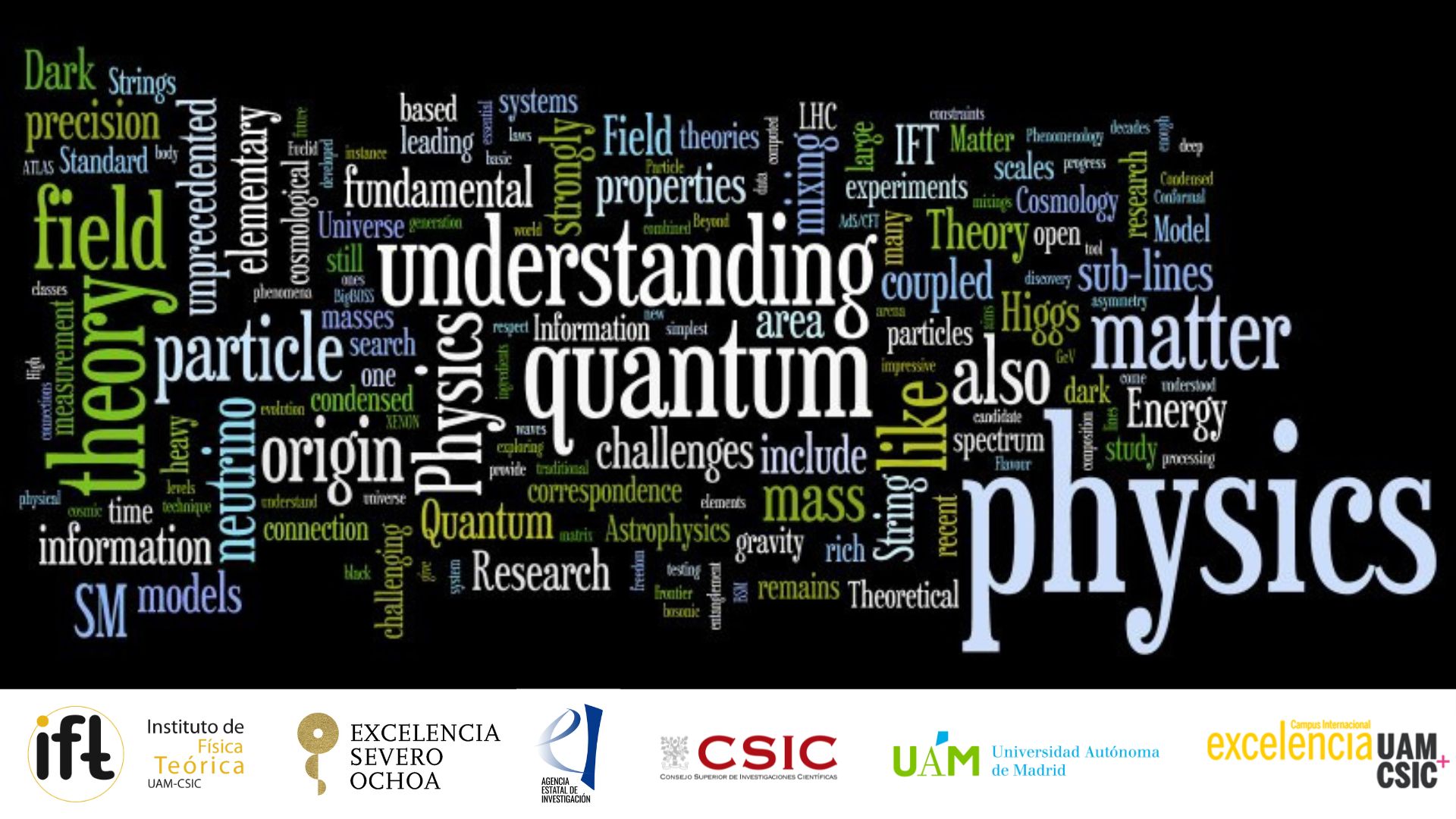Centro de Excelencia Severo Ochoa
Menu
Search

IFT Seminar Room/Red Room
In a chaotic classical system a small perturbation leads to the exponential divergence of trajectories characterized by Lyapunov time. As a result, the observables in two copies of the system experiencing different perturbations quickly become uncorrelated. In a many body system a local perturbation initially destroys the correlations locally, then the region where the correlations are destroyed quickly grows with time. This phenomena is known as butterfly effect.
The concept of butterfly effect can be generalized to a closed chaotic quantum system even though such generic system does not necessarily have a direct analogue of Lyapunov divergence of trajectories because quantum mechanics prohibits the infinitesimal shift of the trajectory. The convenient measure of the butterfly effect is provided by the out-of-time-order correlator (OTOC).
In this work, we extend the Keldysh technique to enable the computation of OTOC. We show that the behavior of these correlators is described by equations that display initially an exponential instability which is followed by a linear propagation of the decoherence between two initially identically copies of the quantum many body systems with interactions. At large times the decoherence propagation (quantum butterfly effect) is described by a diffusion equation with non-linear dissipation known in the theory of combustion waves. The solution of this equation is a propagating non-linear wave moving with constant velocity despite the diffusive character of the underlying dynamics.
Our general conclusions are illustrated by the detailed computations for the specific models describing the electrons interacting with bosonic degrees of freedom (phonons, two-level-systems etc.) or with each other.
Social media